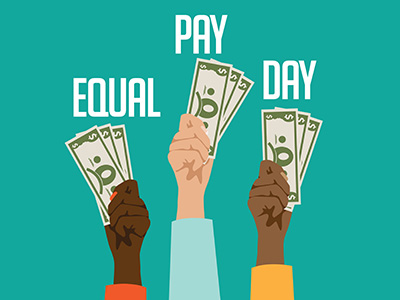As we noted in last week’s coverage of Equal Pay Day’s twentieth anniversary, the issue of equal pay has been drawing increasing attention from regulators, legislators and plaintiffs’ attorneys nationwide. Of particular note, a report issued in January 2016 by the National Women’s Law Center highlighted the unprecedented level of new equal pay legislation at the state level. Leading this wave of activity, both New York’s Achieve Pay Equity law and California’s Fair Pay Act law have in place the broadest protections for employees seeking to bring gender-based equal pay claims. Additionally, a number of other states have adopted piecemeal legislation addressing equal pay, such as prohibiting employer retaliation based on employee discussions of wages (Connecticut, New Hampshire, Oregon), holding state contractors responsible for certifying their equal pay compliance (Delaware, Minnesota, Oregon), increasing civil penalties for equal pay violations (Illinois), or requiring employers to maintain wage records in anticipation of potential state government inquiries (North Dakota).
Maryland’s Amendment Would Expand Equal Pay to Include “Gender Identity,” Strengthen Protections Along Other More Familiar Lines



